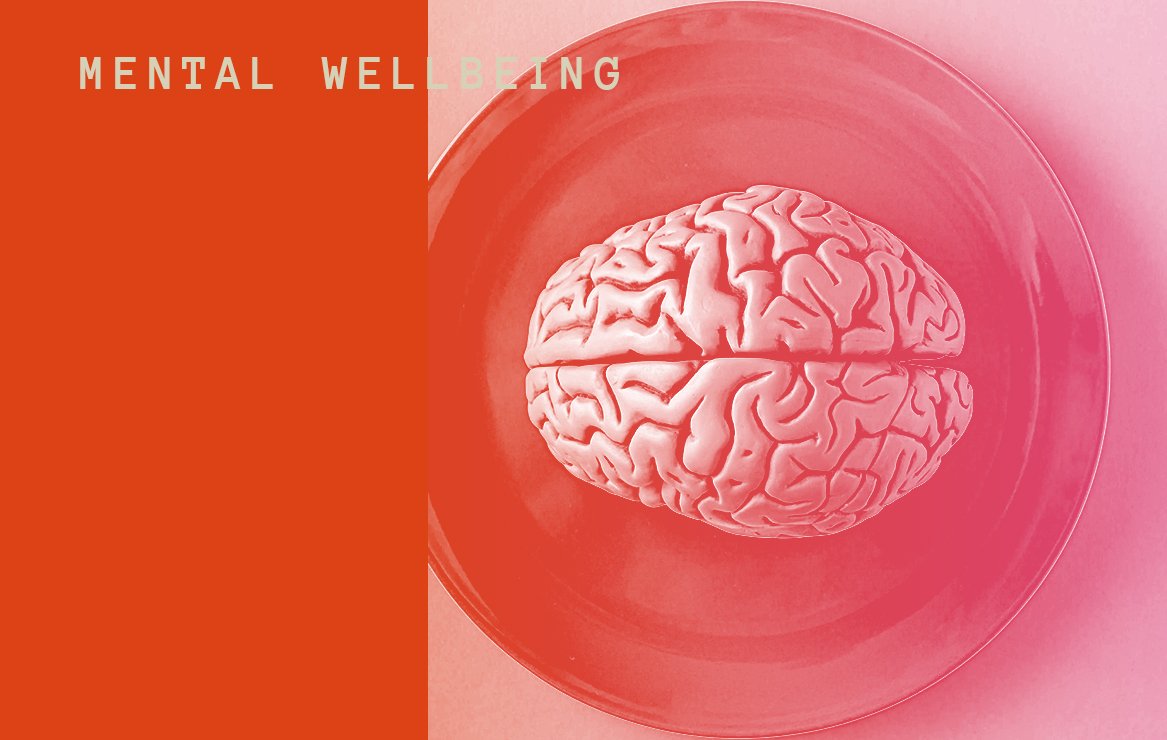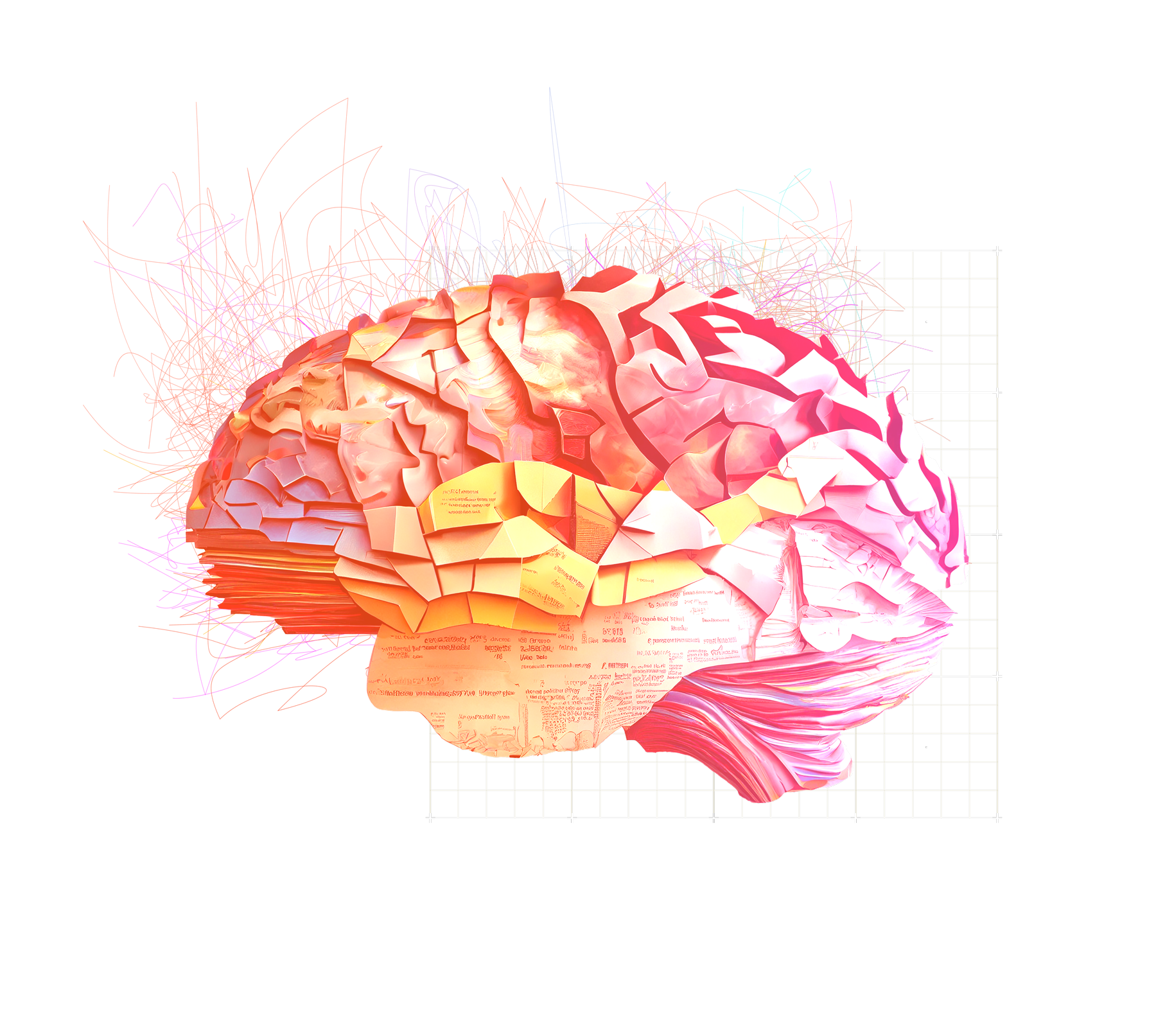how to efficiently fertilise your brain
This week is about one of the most effective ways to increase miracle grow in your brain. What is miracle grow, you may ask? Well, it’s BDNF or the brain-derived neurotropic factor, which has been described as a fertiliser for the brain.
Previous research has well-established that BDNF can help you to grow new brain cell—a process that we call neurogenesis—and particularly in an area of the brain called the hippocampus, which is important for learning and memory. BDNF can also protect the brain cells that you currently have against damage and all sorts of end results, from traumatic brain injury to inflammation to oxidative stress and more.
BDNF can also help you create new synapses, a process known as synaptogenesis, and it has a big impact on learning and memory. Meanwhile, a separate research focused on BDNF suggested that it could protect the brain against a variety of neurogenerative diseases. There’s also been previous research that has confirmed the few lifestyle factors that we can do to increase BDNF quite significantly.
One is fasting, either intermittent or longer fasting; another is Omega-3 fatty acids, particularly from oily fish; and the third is exercise of different intensities. While there is a long history of research around BDNF and working out, there has been an emerging picture over the last few years that higher intensity exercise appears to be better, and there seems to be a strong link between lactic acid accumulation and the release of BDNF.
There are other parallel research that shows that there are two distinct pathways for exercise-driven BDNF increases. One is when our skeletal muscle contracts and produces a molecule called irisin, which leaks out of the muscle, gets into our circulation, crosses the blood-brain barrier and in the brain, stimulates BDNF.
The second way is lactate or lactic acid. Lactate also gets out of exercising muscles into the bloodstream and it crosses the blood-brain barrier as well and acts as a fuel source for the brain but also triggers the release of BDNF.
Now there’s this new study that’s just been released in New Zealand. Released in the Journal of Physiology, researchers were testing the premise where both fasting and exercise provide neuroprotection that’s well-established in the academic literature, particularly against cognitive diseases and cognitive decline partly because they both shift the brain away from glucose metabolism.
When you fast, it releases ketone bodies, particularly beta-hydroxybutyrate, and that shifts the brain’s energy source away from glucose to ketone bodies and triggers release of BDNF. From an exercise perspective, it’s the lactate that provides a different fuel source for the brain and then trigger release of BDNF.
What they did in this clever experiment was tested both isolated and interactive effects of a 20-hour fast on its own, or combined with 90-minutes of low-intensity cycling, or combined with 6 one-minute intervals of high-intensity cycling at v02 peak. They found that when people do the high-intensity exercise, it actually increased BDNF by 4-5x the amount of the low-intensity cycling for 90 minutes. However, the fasting didn’t appear to have any additional effect on either the low-intensity exercise on the high-intensity exercise.
So the paper is establishing that these are independent pathways, and when you add them together, it’s not 1+1=2 situation. You can’t get the extra benefit from adding fasting in exercise because they seem to be unrelated pathways.
One takeout from this study is about the efficiency. Now, while it’s not suggested that all of your exercise should be high-intensity interval training, having a look into research around zone 2 training and increasing your mitochondria could help you get the most out of your workout. However, this study didn’t quite answer what the minimum effective dose of high-intensity exercise to trigger BDNF be.
So, exercise is definitely the best source of BDNF—we know that now. And this is more evidence to suggest that it’s the high-intensity exercise, and it would appear that you don’t have to do very much. The research question that now needs to be asked is what is the minimum effective dose.
Corporate burnout to mental fitness
Inspired to live intentionally? Want to be the change in your workplace? Fill out this form & let’s chat.


